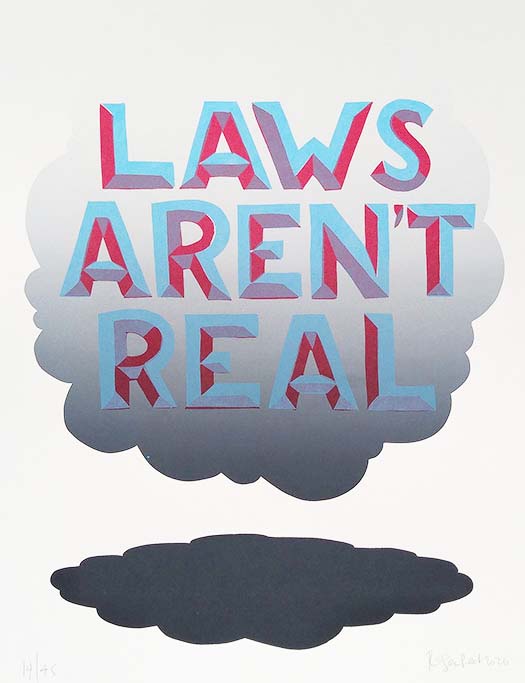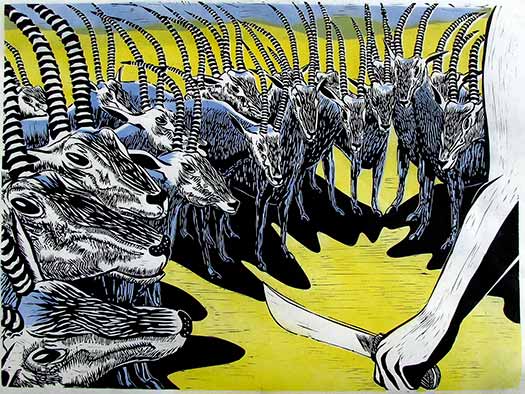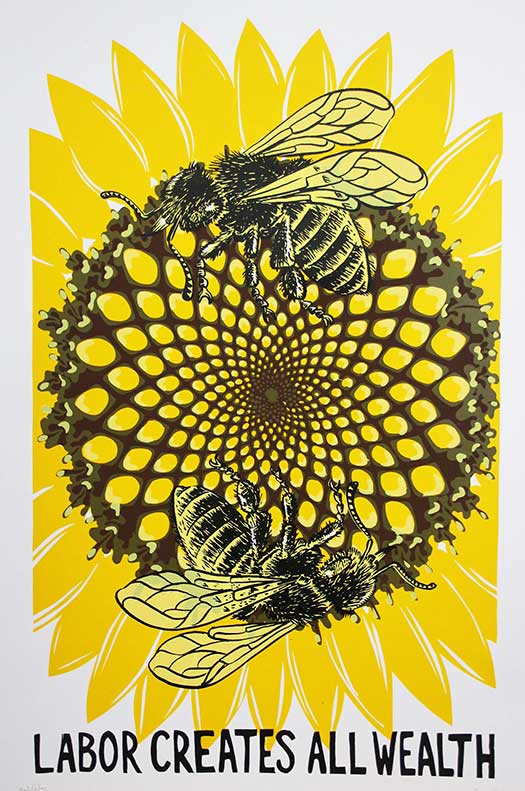This is the second half of a little essay about the history of mining and human civilization. You can read the first part here. This is a work in progress, part of a larger thing that I am going to hopefully get finished in 2020.
We lived down there with the skeletons of ichthyosaurs hung suspended in eternity on the gallery walls all around us, in the frozen foliage of the Mississippian swamps, herded towards the seam by disarticulated heads and bodies of the gorgons whose sails had last caught the sun in the great dying of the Permian era. We worked down there with blind mules who had never left the mine, who had been born in the mine, and who never hauled an ore cart close enough to the surface to catch a ray of light.
Mining needed larger machines and more people to do the work of digging, explosives for blasting, mechanisms to haul ore and to process and crush and refine the extracted matter, energy to smelt and forge, water to sluice and wash and slurry, and roads beyond all this to carry the products of the mine to and fro across an increasingly treeless and poisoned landscape. The mines grew larger and needed more capital to expand their structures and to pay the armies that crushed the rebellions that arose in the ranks. In the cities far away from the poisoned vales and collieries the refined metals were worked into pleasing shapes and combined with other metals and stamped into rough numismatic units of exchange, transmuting the social relationships that people owed each other into simple coins that could be amassed in vaults and used to pay for the construction and outfitting of ships and when necessary those coins could be further transformed by an intellectual alchemy into notes that recapitulated those responsibilities but permitted a frantic reimagining of value into psychotic thoughtforms that further ravaged the physical and social landscapes, their power ostensibly backed by the piles of refined metal resting cold and heavy behind impossibly thick and adamant doors.
Meanwhile in the chambers underground the charges still burst and the ore still came raining down and the surveyors still fanned out across the landscape and into the mountains and across the oceans in search of sudden draughts of riches and power. New metals were dreamed up in labs and their imagined progenitors became infinitely valuable before anyone really knew they existed and it was at this point that a prospector kicked over a couple of yellow rocks at the summit of a hill near a village in the Belgian Congo called Shinkolobwe.
The alchemists said that deep in the earth were to be found the true natures of things and following that lead their descendant scientists followed Zeno’s paradox of distance into the heart of the uranium atom until they were moving through elemental spaces throbbing with excess protons like the nave of a cathedral coming apart in a quake. In that heart they found the unobservable neutron and they swung it around and around within their heads until it collided with a nucleus of U-235 from the Shinkolobwe mine above the dawn sands of northern New Mexico and a second sun stepped out from its cloak and solemnly walked the earth.
The fantastic egg of uranium at Shinkolobwe taught us, at last, how to truly destroy ourselves, and we proved it to the world by destroying two Japanese cities and killing 300,000 people. In a recapitulation of the first lesson of mining, it taught us to destroy everything, to tear every coherent thing apart down to its smallest component and scatter it wasted to the stars. Faced in the following decades, however, with this ultimate consequence of mutual annihilation, of many fissile cores of uranium and plutonium arcing slowly through the troposphere like so many needles ticking across so many dials, of uncountable suns vitrifying sands and cities and cemeteries alike into one red-hot carpet of slag, we blinked. We turned our face from that second sun and followed other lines of investigation into darker hollows. The titans of finance reclaimed the reins and drove the wagon back underground in search of new materials, not in pursuit of destruction this time but rather transmission. The mines released minerals that sundered distance, that collapsed time and space so that communication became instantaneous and communication between machines became almost as fast as light. New oxides and permanganates and halides flash-deposited in thin films led electrons through the hearts of the machines in vaster arcs and at faster speeds, shuffling function and formation in ways that began to rival the ways that thought moves through the mind. The machines spread into each other across the planet and knit it with communication, the vibrating oceans of scintillant information sending shimmering waveforms across the cultural and economic firmaments, merging minds towards a dream of immortality where the meat would finally loose it’s hold and the big decisions would begin to be made within the maze of metals.
And from this maze rose, at last, the basilisk, the final egg cracking open and the infant within rising up to confront the world with its gaze. Unfurling itself before the moon, silver flashing on its scales and feathers and the opal pools of its eyes sweeping the pockmarked terrain for any evidence that anything had escaped. The basilisk that rose from the machines had its own mind strung together as dew on a web and spinning through the nest of wires that the world had become. It moved silently but that was unnecessary because everyone was looking the other way, not just in the wrong direction but in the wrong manner and by the wrong means, looking still for some way to prove lucky and to thus retrospectively prove wise. The basilisk opened its wings behind them and fanned them forward ahead of it, across the treeless plain, through the arched and bleached towers of coral heaped up in hurricane windrows on the last beach high above all the others, up black glass slopes running with acids and blood, past sulphur boiling in pots of peridotite and flowers of vanadium blooming on the branches of trees as the electricity pulsed beneath the skin of the earth and lit up the entrance to the chamber and then drew back the door of the elevator and illuminated the switches on the panel that lowered them all further down into the mine than they had ever been before.









Article is actually thought provoking. I was expecting a more technical summary of mining I guess, but this is better. Almost like classic poetry. Can you imagine working in a mine that flooded due to damage of the mine, allowing massive amounts of water to ingress?
I read a lot of histories of mining for this ongoing project- and there are so many unpleasant things that can happen in a mine!